
11. The Indian Gharial a critically endangered species and one of the longest of all living crocodilians, sometimes measuring over 20 feet.
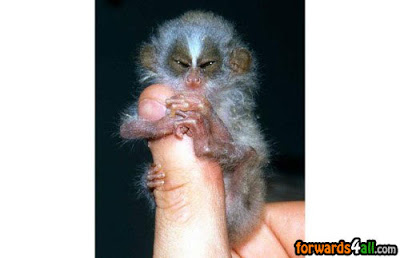
12. The Slender Loris tropical moist lowland forests found in India or Sri Lanka. The species is threatened by habitat loss.
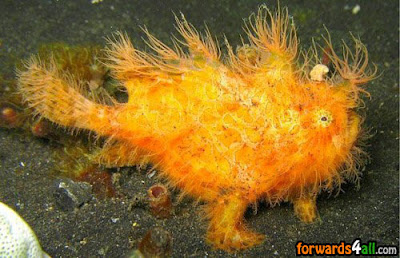
13. Hairy frog fish walks along the seabed hunting for food. This rare creature can be found in Indonesia.
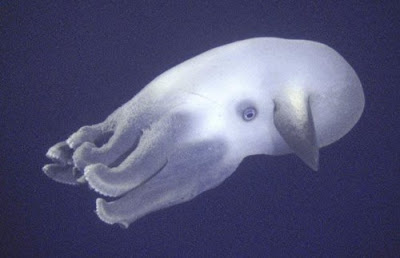
14. Living at extreme depths, and among the rarest of octupuses, the Dumbo Octopus gets its name from its ears which loosely resemble those of the Disney character, Dumbo.
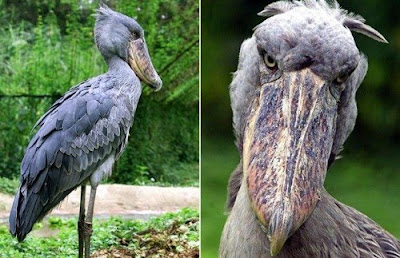
15. The shoe-bill is a very large bird found in tropical swamps of eastern Africa. It stands at an average of four feet with a wingspan of over seven feet. The species was only discovered by ornithologists in the 19th century.

16. The guinea fowl puffer, from the Pacific Ocean. When fully expanded, it can reach 50 cm in length.
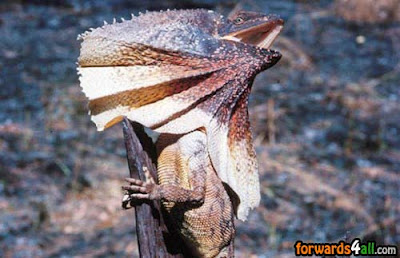
17. The frill-necked Lizard, so called because of the large ruff of skin around its neck, runs on its hind-legs when frightened. This behaviour has earnt it the name 'bicycle lizard'in Australia.

18. The long-beaked echidna was named among the top-ten "focal species" in 2007 by the Evolutionarily Distinct and Globally Endangered project. Echidnas are one of two types of mammals that lay eggs.

19. The most distinctive trait of the proboscis monkey is the male's large protruding nose. It has been suggested that the female proboscis monkey prefers big-nosed males.
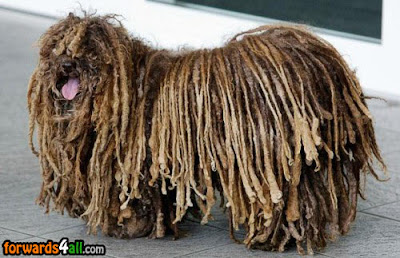
20. Hungarian Puli also has a coat of dread-lock-type cords. The breed rarely moults and is deceptively fast and acrobatic.
Monday, December 28, 2009
World's Most Weird Animals [Part-1]

1. The star-nosed Mole's snout has 22 fleshy tentacles that are used to identify food by touch. Often found in North America, it lives in wet lowland areas and eats small invertebrates, aquatic insects, worms and molluscs.

2. The Hispaniolan Solenodon, a strange looking shrew-like creature with a long snout and specialised teeth capable of delivering venom. Only two solenodon species exist today, one in Haiti and the Dominican Republic, and the other in Cuba.

3. Sea pigs live on, or just underneath, the bottom of the ocean and feed on the mud of the seafloor. Scientists haven't yet worked out how they are such a successful deep-sea creature.
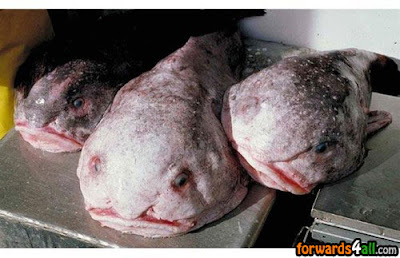
4. The blobfish is a fish that inhabits the deep waters off the coasts of the Australian mainland and Tasmania. It is sometimes known as a deep sea fish. Due to the inaccessibility of its habitat, it is rarely seen by humans.
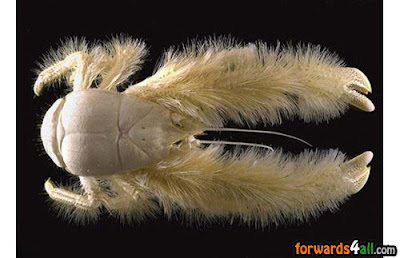
5. Discovered in 2005 in the South Pacific Ocean, this creature was dubbed the "yeti lobster" or "yeti crab". It lives at a depth of 2,200 metres on hydrothermal vents along the Pacific-Antarctic.

6. The white Turtle, whose creamy colour is offset by a few hints of pink, features prominently in Chinese culture - a character in Journey to the West is turned into one for his wrong-doings.

7. The long-eared Jerboa is a nocturnal mouse-like rodent found in the deserts of China and Mongolia. It has a long tail, long legs and extremely large ears. Being such a rare creature, it is in danger of extinction.
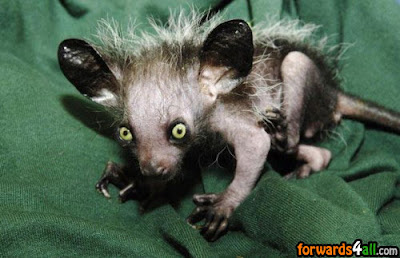
8. The aye-aye shares a lot in common with the woodpecker - it taps trees to find grubs. When food is located it uses its rodent-like teeth to gnaw a hole, then digs them out with its long middle finger.
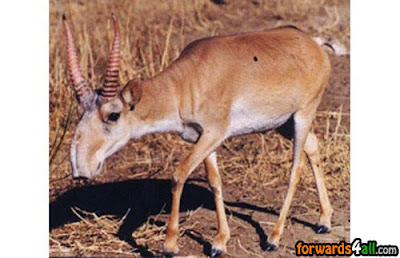
9. The saiga's unusually over-sized, and flexible, nose warms up the air in winter and filters out the dust in summer.

10. With their unusual feeding habits and slime-producing capabilities, the hagfish has been dubbed the most "disgusting" of all sea creatures.
Saturday, December 26, 2009
Hungarian Puli and Komondor Dogs
The Puli is a medium-small breed of Hungarian herding and livestock guarding dog known for its long, corded coat. The tight curls of the coat, similar to dreadlocks, make it virtually waterproof. A similar looking, but much larger Hungarian dog breed is called "Komondor".
The Komondor is a large white colored Hungarian breed of livestock guardian dog with a long, corded coat. The Komondor is an old-established, powerful dog breed which has a natural guardian instinct to guard livestock and other property. The Komondor was mentioned for the first time in 1544 in a Hungarian codex. The Komondor breed has been declared one of Hungary’s national treasures, to be preserved and protected from modification.
The Komondor is a large white colored Hungarian breed of livestock guardian dog with a long, corded coat. The Komondor is an old-established, powerful dog breed which has a natural guardian instinct to guard livestock and other property. The Komondor was mentioned for the first time in 1544 in a Hungarian codex. The Komondor breed has been declared one of Hungary’s national treasures, to be preserved and protected from modification.









No comments:
Post a Comment